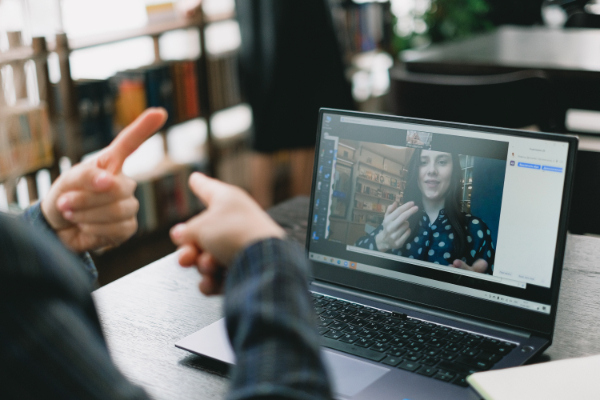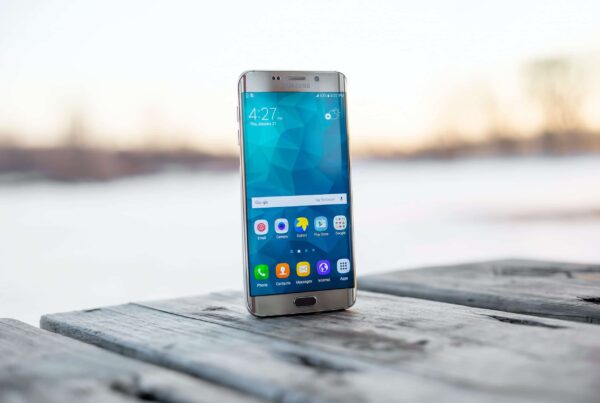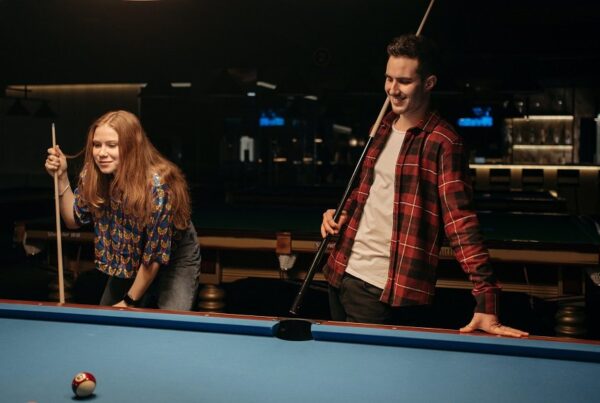surfing on the worldwide web or using digital applications is not always easy for people with disabilities. Ideally, designers, developers, and other makers of the digital web take into account the various forms of limitation during the design process. However, practice shows that unfortunately that is not always the case. The cause of this is often that one is simply not aware that not everyone in the same way digital products can use.
with our series, “heroes” , we bring every restriction to the attention. In these articles we provide insight into how these people use digital applications and which tools can be used to make every digital expression more inclusive.
Browsing with a disability: Deafness, what is that?
If you can hear very little or at all, then you are deaf. In the Netherlands we call people deaf if someone has 90db (decibel) or more hearing loss. & Nbsp;
There are two different types of deafness: Prelingual or Postlingual. At first glance difficult words, but it means nothing more than deaf (became) before someone has learned to talk (pre), or only after (post). There are a lot more postlingual deaf people than prelingual because there are a lot of people who suddenly become deaf, or are late deaf. It is estimated that there are approximately 1.5 million deaf and hard of hearing in the Netherlands.
How do digital interactions differ for people with deafness compared to the average person?
deaf people of course depend on other senses than hearing while communicating. Most deaf people therefore control sign language – a language where you mainly talk through hand gestures, but also facial expressions and eyes do a lot of work in communication.
also on the worldwide web and during the use of other digital products, that of course has implications. Movies in which there is spoken and no subtitles are available, or a contact option where only calling is possible – those are annoying things to encounter if you only speak sign language.
What should be taken into account for people with deafness?
Use simple, clear language where possible and do not use jargon where you don’t have to. For some deaf people, not Dutch is their first language. So: the simpler your text, the higher the chance that it will be completely understood.
Provide subtitles/captions on your video content. Even lure readers often cannot get what is being said because of changing camera images or camera branches.
Provide your website or digital product with multiple contact options. Deaf people also want to be able to use the help you offer, but that is hardly possible by phone!
set up social media accounts! That is a good way to get in touch with all your customers, and especially for those with an auditory disability. So don’t forget to stay in touch with customers via your social media channels.
An easy way to navigate your site or product is certainly not a superfluous luxury. For example, offers the option of a search function and make it easy to find, and ensure a clear navigation bar.
summarized: Tools and “best practices”
If you want to enable people with deafness to be able to use your digital product, it is important to pay attention to the following.
- offers multiple contact options : a telephone number is not very relevant for many deaf. Therefore offers other methods such as an email address, a live chat, or an online contact form.
- Provide your video content with subtitles/captions : well-known video platforms such as YouTube offer the options to Both to add your own subtitles and to generate automatic captions. So definitely use this!
- Use simple language : For some deaf, sign language is their first language, not Dutch. Avoid professional jargon where possible and keep your texts simple so that it can be understood for everyone.
- Use your social media : These channels are extremely suitable for deaf people to you reach. So make sure you keep a close eye on your social media and don’t forget to answer!
- Easy navigation : make sure that people are never more than some clicks removed from where They must be. Make your navigation bar clear and, for example, offer a search function.
Digital accessibility for everyone
Our mission is to make the digital landscape accessible to everyone. Are you looking for more information about how to do that? View our other blog posts or contact us for more information.






